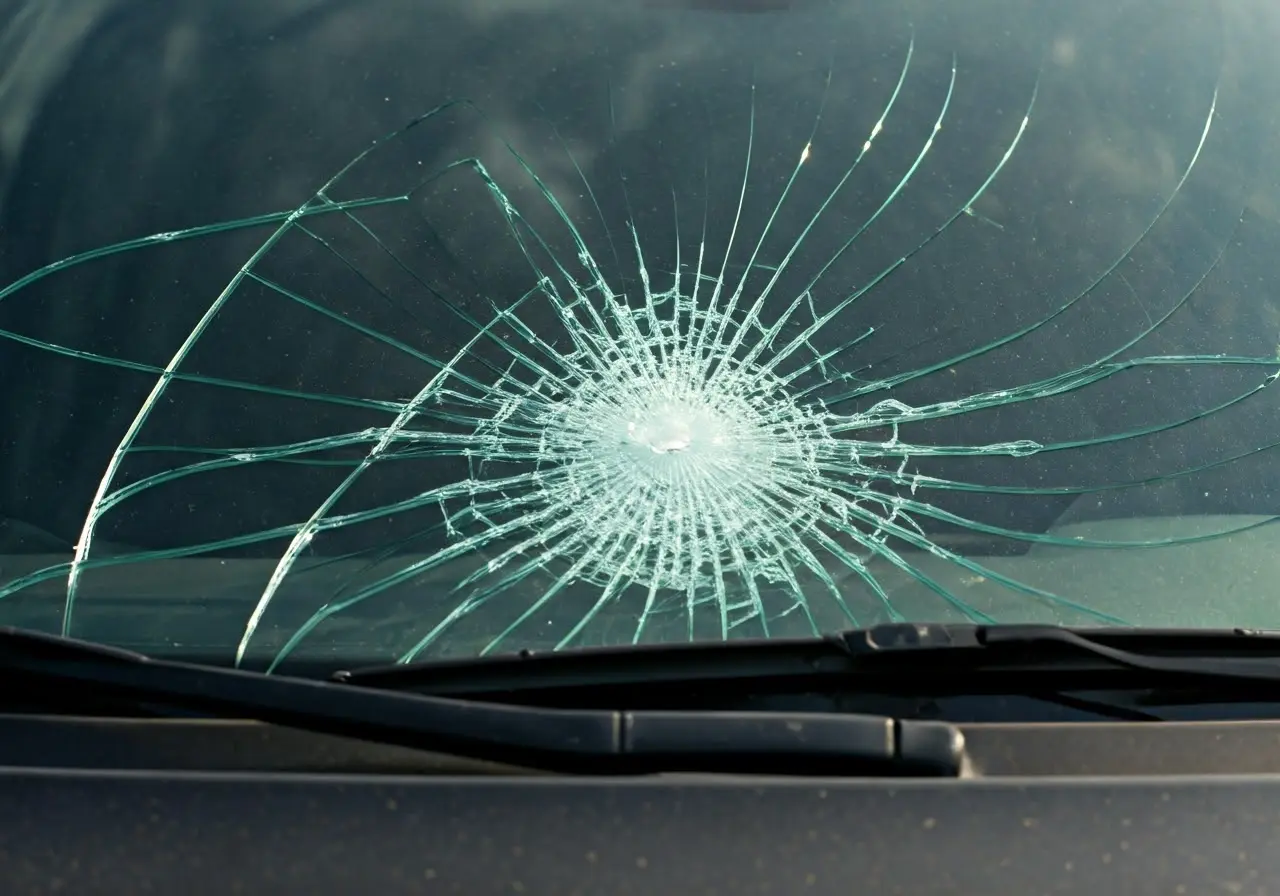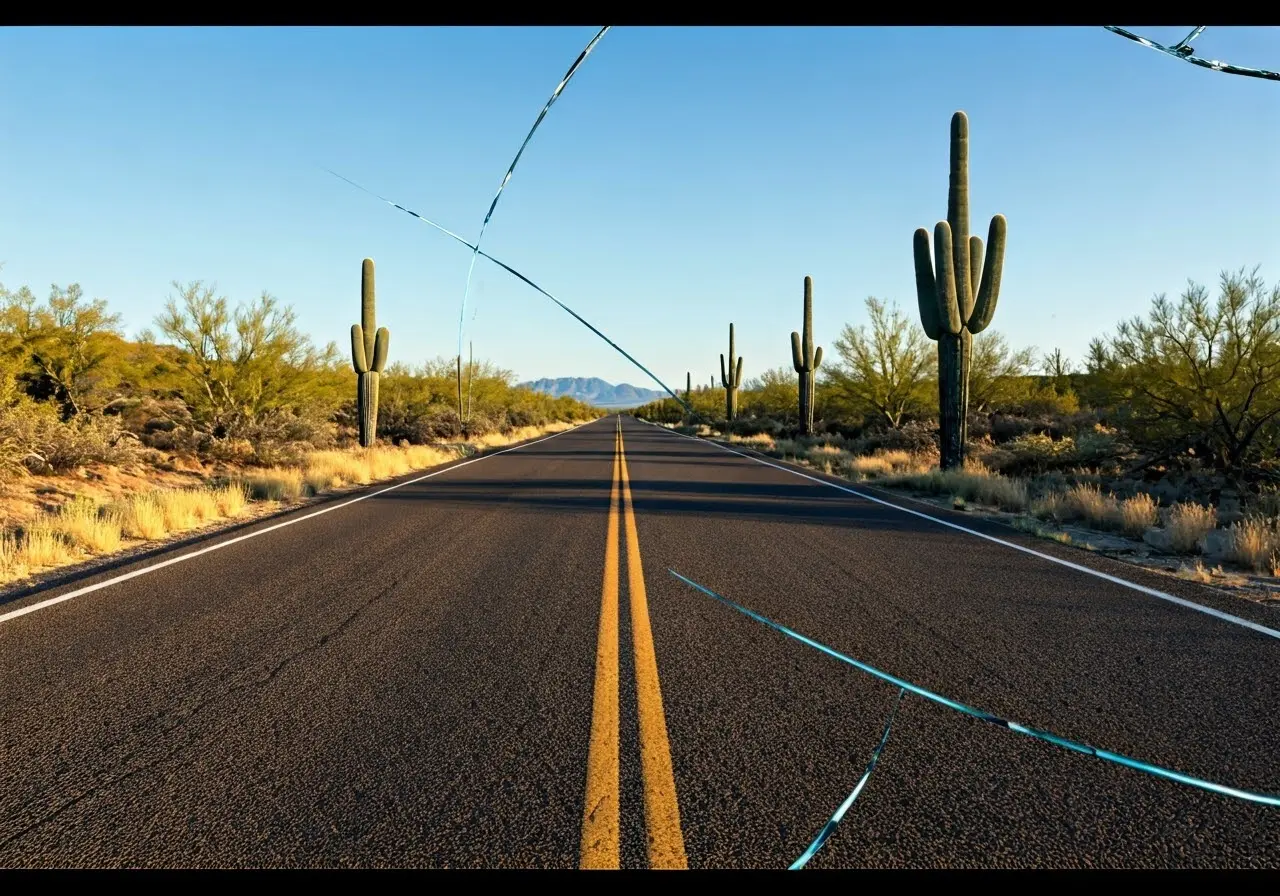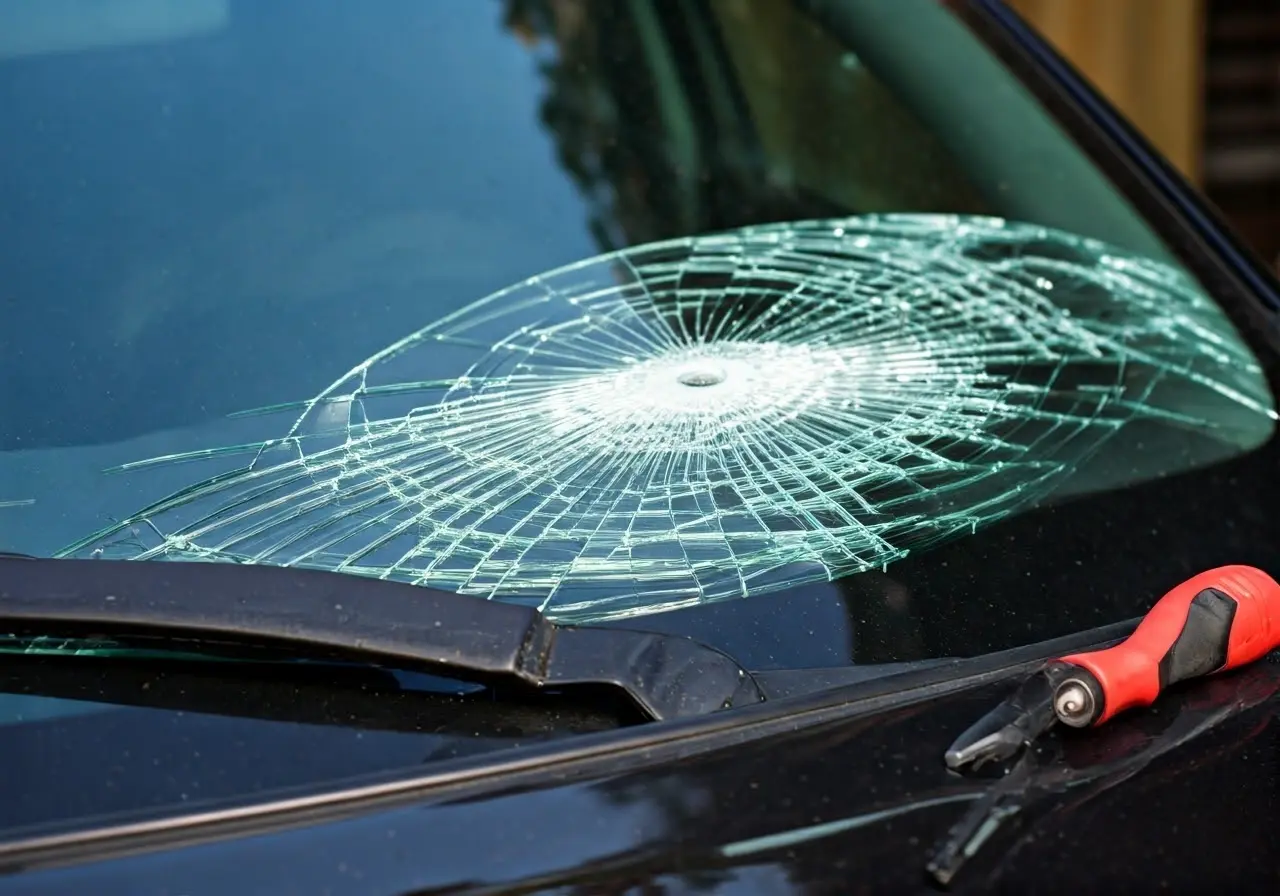When it comes to car windshield replacement, there are more considerations than you might initially think. Ensuring that everything goes smoothly requires asking the right questions. Whether it’s your first replacement or just looking for a refresher, these questions will guide you to make informed and confident decisions.
1. Assessing the Extent of Damage
Before moving forward with a replacement, understanding whether the damage requires repair or replacement is crucial. Minor chips may not necessarily mean a full replacement. A small blemish left unchecked can evolve into a major crack due to stress from temperature fluctuations or road vibrations. Windshield care is important because even seemingly insignificant damage can impair visibility and weaken structural integrity.
Evaluate if the crack or chip is in your line of sight or at the edges of the windshield, as these locations can have a greater impact on overall safety and require prompt attention. Professional assessment can give you a clearer understanding of whether a quick repair will suffice or a complete windshield replacement is necessary.
2. Understanding Insurance Coverage
Check if your insurance policy covers windshield replacement and what your deductible is. Knowing this can significantly affect your decision-making process. Many comprehensive insurance plans offer coverage for glass damage, occasionally with no out-of-pocket costs, emphasizing the importance of timely repairs over replacements. It’s wise to contact your insurer to confirm your policy’s specifics and take advantage of potential benefits before proceeding with repairs or replacements.
It’s also essential to ask about the impact on your premiums. Some policies might cover repairs entirely, while others offer reduced deductibles for glass damage. By clearly understanding your coverage, you can make informed choices and possibly save on costs, ensuring that delays in necessary repairs don’t become more expensive or negatively affect your policy.
3. Choosing the Right Service Provider
Identify trustworthy service providers by researching reviews and credentials. Ensuring that technicians are qualified makes a big difference in the quality of the installation. Check for certifications and affiliations with recognized industry bodies like the Auto Glass Safety Council to ensure they meet industry standards. Look for companies like Big Time Glass that boast well-trained staff and robust customer testimonials.
Consider consulting resources like the complete guide to auto glass replacement to gather expert advice on selecting a reliable service. A company that uses high-quality materials and offers a comprehensive warranty can assure you that their work will stand the test of time. Investing a little time in vetting potential providers can go a long way in ensuring a successful replacement.
4. Considering OEM vs. Aftermarket Glass
Understanding the differences between OEM (Original Equipment Manufacturer) and aftermarket windshields can influence your choice based on quality and cost. OEM glass is designed to match the exact specifications and safety standards of your original windshield, ensuring an optimal fit and performance. While potentially more expensive, it provides peace of mind with a perfect match in materials and technology, which can be crucial for features like rain sensors and Advanced Driver Assistance Systems (ADAS).
Aftermarket glass, on the other hand, may offer more competitive pricing but could come with variances in fit, thickness, or quality. It’s important to weigh these factors and discuss them with your service provider to see what suits your vehicle’s needs and your personal budget best. Some insurance policies may specify which type of glass they cover, so be sure to check your policy details to avoid surprises.
5. Inquiring About the Installation Process
Familiarize yourself with how the replacement process works. Knowing the steps can give you peace of mind and help set realistic expectations. Typically, the process involves removing the damaged glass, thoroughly cleaning the vehicle frame, and using high-strength adhesives to install the new glass securely. Professional installers will follow specific safety standards to ensure the new windshield fits perfectly and maintains the vehicle’s structural integrity.
It’s also beneficial to inquire about the timeline of the process and the type of materials used. For instance, ask how long it will take before you can safely drive your car after installation, as adhesives need adequate time to cure. Understanding the installation intricacies will help alleviate any concerns and enable you to manage your schedule accordingly.
6. Checking for Warranty Options
Ask about the warranty provided on the new windshield and the installation work. A solid warranty can save you from future costs. Warranties often cover issues like defects in manufacturing or stress cracks that may appear after installation. Be sure to clarify what the warranty entails, its duration, and any specific conditions to ensure that you are covered if problems arise down the line.
With some providers like Big Time Glass, you might find options for lifetime coverage as a testament to the quality of their work. Don’t hesitate to inquire about any exclusions or additional benefits such as free repairs during the warranty period. By understanding the warranty details, you can protect your investment and enjoy a worry-free driving experience.
7. Ensuring Proper Calibration
Modern cars come with advanced driver-assistance systems (ADAS) that require precise calibration. Ensure the service provider has the right equipment to perform this correctly. This includes adjusting sensors and cameras that are integral to systems such as lane-keeping assistance, emergency braking, and adaptive cruise control. Proper calibration is vital to maintain these systems’ functionality and ensure the highest level of safety on the road.
Inquire whether the glass shop has certified technicians trained for ADAS calibration and if this service is included in the overall cost of the windshield replacement. An accurate recalibration will ensure that your vehicle’s safety features work as intended and help avoid potential hazards caused by improper adjustments. Properly calibrated systems contribute to a seamless and secure driving experience.
8. Understanding the Repair Timeline
Replace or repair needs to fit your schedule. Knowing how long the process takes helps you plan accordingly. Most windshield replacements can be completed within a few hours, but the curing time for adhesives can extend this timeline, requiring you to wait before the vehicle can be driven again.
Consider asking about potential delays such as the availability of specific glass types or scheduling conflicts. Many services offer mobile options, allowing for quick turnarounds and on-site installations, which can minimize disruption to your daily routine. Aligning the timeline with your commitments ensures that replacing your windshield is a hassle-free experience.
9. Evaluating Payment Options
Ask about the payment methods accepted and if there are any financing options available to manage costs effectively. Different providers offer varied payment plans, ranging from full advance payments to staggered financing. By understanding these options, you can choose a plan that aligns with your budget and financial preferences.
10. Testing the New Windshield’s Quality
After installation, examine the windshield for quality and proper fitting to ensure it meets safety standards. Verify that there are no visible distortions, and ensure the edges are properly sealed to prevent future issues like leaks or wind noise. A well-installed windshield should provide clear, unobstructed vision and integrate seamlessly with the vehicle’s frame.
11. Assessing Environmental Impact
Inquire about recycling options for your old windshield. Many services offer eco-friendly solutions for glass disposal. By choosing a provider that emphasizes sustainable practices, you contribute positively to environmental conservation efforts.
12. Understanding Local Regulations
Make sure the replacement complies with local regulations to avoid future legal issues. Different jurisdictions have specific standards for auto glass installations, and a reputable provider will ensure all work adheres to these specifications.
13. Considering the Timing of Replacement
Timing can affect costs and availability. Off-peak times might offer better pricing and faster service. Discussing scheduling preferences with potential providers can highlight the most advantageous time for your windshield replacement, potentially reducing both waiting times and costs.
14. Learning About Mobile Services
Mobile windshield replacement services can offer added convenience without needing to visit a physical location. This option is particularly beneficial if your windshield damage impairs vehicle safety or when time constraints prevent you from visiting a shop.
15. Preparing for Future Maintenance
Once replaced, understanding how to care for your new windshield can extend its life and maintain visibility. Regular cleaning, avoiding harsh chemicals, and promptly addressing chips or cracks are simple practices that help preserve your windshield.



